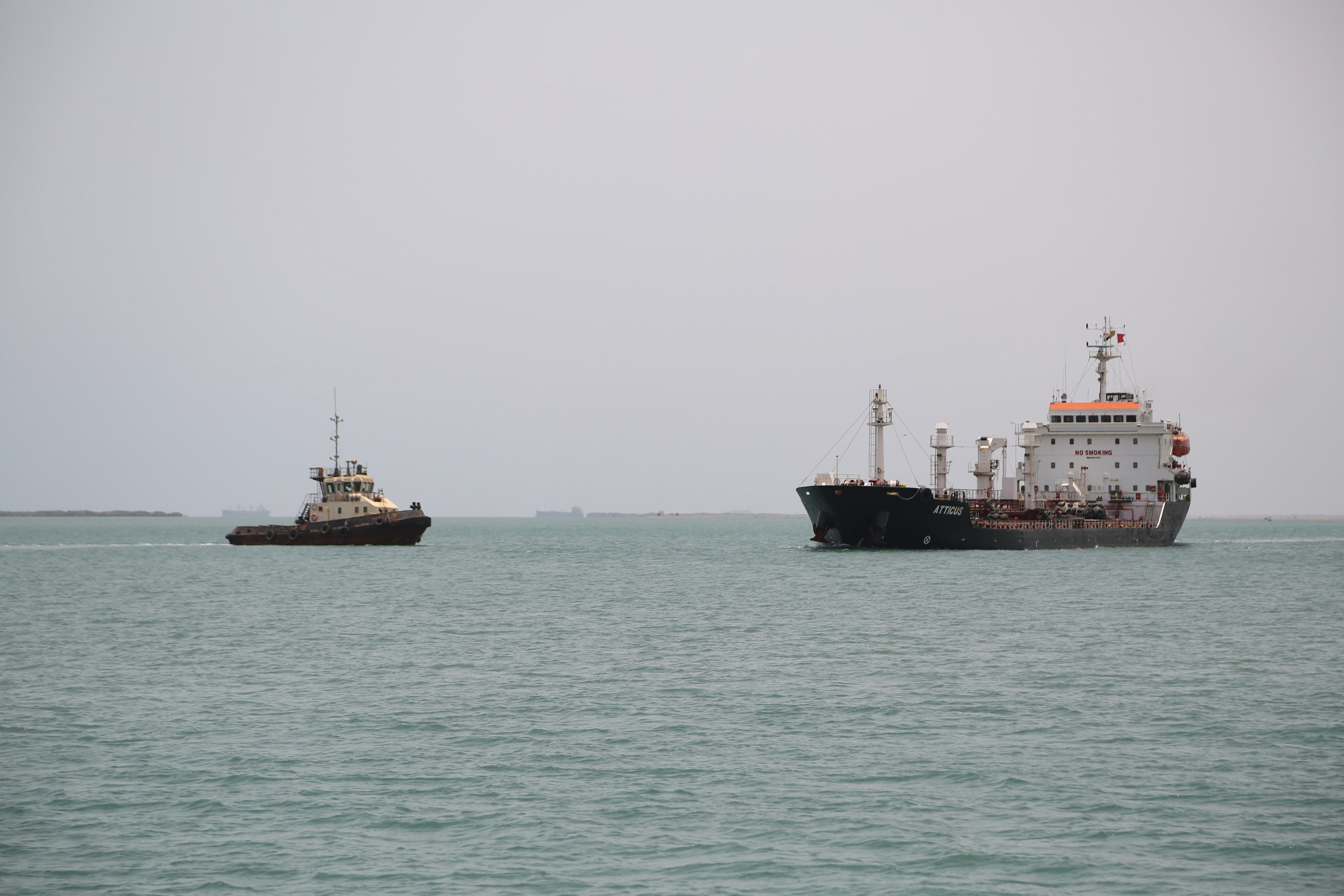
Red Sea Crisis: The Xeneta Newsfeed
CAIRO : The Red Sea crisis is yet another reminder of the importance – and fragility – of global supply networks. But what will be its legacy and will it lead to changes in the way goods are transported around the world in the future?
Xeneta Chief Analyst Peter Sand joined the latest edition of Maersk’s ‘Beyond the Box’ podcast this week to share his thoughts. He said: “This is a watershed moment for the general public and citizens of the world because they have been accustomed to globalisation and getting goods from everywhere at any given time.“One lesson for sure is that safeguarding global and maritime is of paramount importance.”
Earlier this month, Xeneta’s Emily Stausbøll told that rates into Europe from the Far East may have already peaked during the Red Sea crisis – and that this trend may be replicated on trades into the US, albeit with a slight delay.
This suggestion is supported by the latest data, with trades into Europe continuing their slight decline from the peak in mid January while trades into the US are now also starting to level off.
The graph below indicates the movement in rates on major trades during the Red Sea Crisis by applying an index with a baseline set at 100 on 1 December.
On 1 January, rates from the Far East into Europe increased by more than 100% in what was the biggest single increase during the crisis. We then saw trades into the US experience their biggest rise 15 days later.
In mid February, European trades saw another sharp increase to reach their crisis peak – something which again appears to have been replicated on the US trades 15 days later. This second spike in US trades was not quite as severe as the European trades however, suggesting the market was already beginning to soften. The question now is whether rates on the US trades will follow the same trajectory as European trades and begin their decline in the second half of February and early March.
Emily Stausbøll said: “The Red Sea crisis impacted rates on trades into Europe first and these were also the first to begin to fall again last month. “We should expect this pattern to continue with US trades now also beginning to decline. But with TPM24 taking place in early March and acting as the starting gun for negotiations for new contracts with US shippers, carriers will be doing everything they possibly can to keep rates elevated.”

